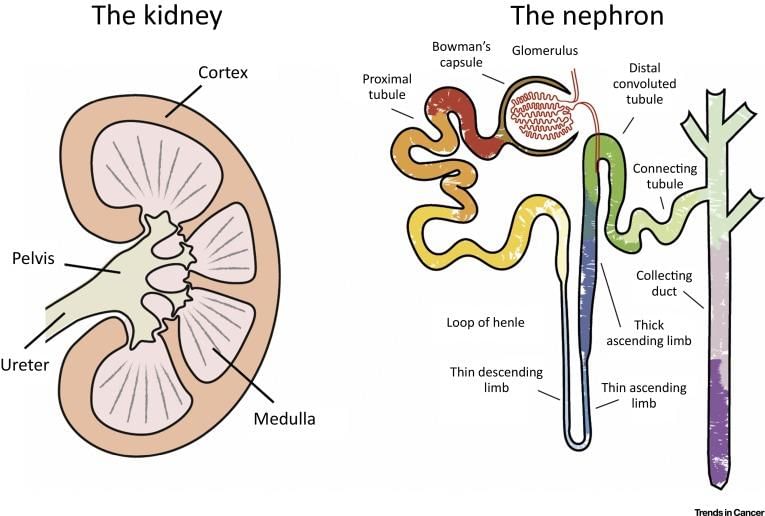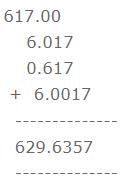Bihar STET Paper 1 Science Mock Test - 9 - Bihar PGT/TGT/PRT MCQ
30 Questions MCQ Test - Bihar STET Paper 1 Science Mock Test - 9
The far point of a myopic person is 80cm in front of the eye. Which type of lens is required to correct the problem?
Arrange the following in increasing order of number of molecules.
I. 0.5 mol of H2
II. 4.0 g of H2
III. 18 g of H2O
IV 2.2 g of CO2
I. 0.5 mol of H2
II. 4.0 g of H2
III. 18 g of H2O
IV 2.2 g of CO2
Choose the correct statement that describes arteries.
What causes the tendril of a pea plant to circle around an object it touches?
Neuron receives and transmits information and messages in the form of:
Reabsorption of useful substances from glomerular filtrate occurs in :-
A person is suffering from both defects of vision, myopia and hypermetropia. He should use:
Which hormone is responsible for promoting cell elongation in response to light?
Which metal is present in Calcium Hydroxide?
The filtration units of kidneys are called
For the myopic eye, the defect is cured by using:
Teaching about the currency used by the Cholas by showing a coin of that time kept in a museum in the real time is an example of _______ teaching.
In teaching-learning process, it is imperative that students ask questions in class. Why should a student be encouraged to ask questions in class?
In junior section, Mrs Singh is teaching about Earth, its shape and rotation, by using a globe. In such teaching, learning takes place by
Which of the following methods are learner-centered teaching methods?
(A) Active learning
(B) Co-operative learning
(C) Inductive teaching and learning
(D) Passive learning
Choose the most appropriate answer from the options given below:
Naresh loves to work without supervision and set goals that are challenging, but not impossible. He learns best in solitude.
Which of the following sentences is true about Naresh?
The idea of showing a sample of a railway ticket in EVS book is to
The giant panda, an endangered animal, is found in

















